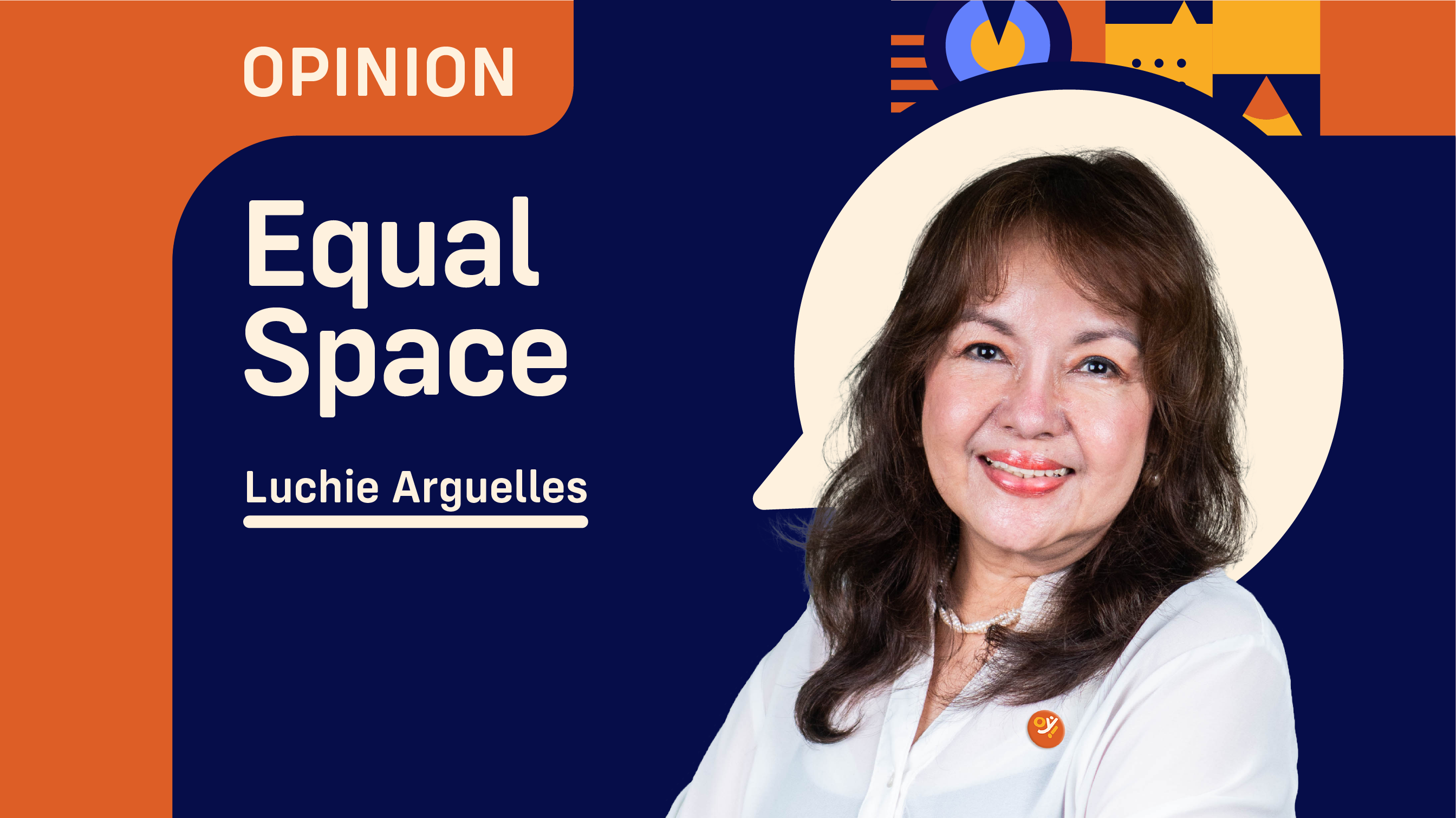Have you ever wondered where our family names came from?
In times long before foreign powers set foot on and colonized our land, most Filipinos only had first names, often inspired by Malay culture or Christian saints.
Historical accounts reveal that the firstborns of Tagalog natives were often identified through their parents’ names, such as "Juanito" or “Marianita Gulod,” with the latter referencing their place of residence. The most typically affixed to a first name was "de la" or "de los" followed by the father's name or area of domicile.
In contemporary times, it’s more common to see suffixes like “Jr.” or “II” if the person carries the patriarch's name.
No 'k' In Spanish Alphabet
In my family’s case, I first became aware that there was a province called Aklan when I started school. But then, my young inquisitive mind wondered why our family name is spelled with a “c” — Aclan.
My mother, Rosario, surmised that, "probablemente" (Spanish for "probably"), this unique spelling was so recounting how her own mother preferred the use of “c” over “k,” as in “aco ay luluwas sa Maynila bucas” (“I am going to Manila tomorrow”). Growing up speaking in both deep Tagalog and in Spanish, consonant preference stuck as the more probable rational for the use of "c".
As our maternal grandfather, Tomas Obien Sevillano, was distinctly and partly of Spanish descent while our grandmother, Bernarda Berania, was unmistakably "very Filipina", the use of "c" was justified. There is no "k" in the Spanish alphabet.
But is our surname a derivative of the province called "Aklan"?
Part Legend, Part History
On our paternal side, there is another version of how we got our surname.
Our grandfather, Mamay Cipriano, who had Aryan features, passed down a story allegedly imparted by his own father. According to him, his grandfather was a datu (chief or prince) named Enrique, who arrived in the Visayas on sampan payang (fast boat) from nearby Malay islands. That must be in the mid-19th century.
When he decided to sail on after a brief stay in the Panay Islands in the Visayas, Mamay relayed, Datu Enrique reached the Verde Islands in Batangas City. Although that was his first residence in Luzon, Enrique also established domicile in nearby Mindoro Island where, he and his men farmed a chunk of land and raised cattle. There, he was known as "Datu Enrique na taga-Aklan" or eventually simplified to Enrique Aclan.
Mamay, who lived with us until his demise, was a storyteller, justifying his narratives with "narinig ko 'yan sa aking mga ninuno" (I heard that from my forebears).
And so, the story of our family name was born — part legend, part history.
How Filipinos Got Surnames
According to historical records, the turning point for Filipino surnames came on November 21, 1849, when Spanish Governor-General Narciso Clavería issued a directive mandating that native Filipinos adopt full names — both first and last — for census purposes. Known as the Clavería Decree, this is 175 years ago this week.
To facilitate the process, Clavería compiled a list of Spanish surnames to choose from, arranged alphabetically. To lengthen the options, he included names of places, plants, animals, and other terms from both Spanish and native languages. Village heads and parish priests were tasked with enforcing the decree and ensuring that every resident within their community had a registered surname.
Before the Clavería Decree, the lack of standard surnames led to confusion especially when implementing government policies or maintaining public order.
Those who failed to comply faced stiff penalties or even imprisonment.
Monitoring Via Cedula
By 1850, the decree was fully implemented rendering all previous documents invalid if they did not indicate complete names. No one was allowed to formally engage in trading and other transactions without their surnames affixed. The cedula was mandatory to monitor them and charge taxes on Filipinos aged 18 to 60.
On August 23, 1896, at the start of the revolt against foreign conquerors, katipuneros led by their "supremo," Andres Bonifacio,tore their cedulas as a protest. Known as the "Cry of Pugad Lawin," this started the end of colonial rule. (It's Bonifacio Day, by the way, on November 30.)
With the above historical context in mind, it redounds to the flow of this column and I ask: How did your family get its surname?
(email opinyon.luchie@gmail.com, luchiearguelles@yahoo.com)
#WeTakeAStand #OpinYon #OpinYonColumn #ColumnbyLuchieAclanArguelles #EqualSpace
